Speech Therapy Mistakes: Childhood Apraxia of Speech (Part 2) discusses another (less common, but still prevalant) method of treating CAS: oral motor therapy. Although oral motor therapy may be an effective treatment for other disorder areas, it is not recommended as a treatment for Childhood Apraxia of Speech (CAS).
This is the second post on common mistakes made in speech therapy for clients with CAS. Like the last post, this common mistake also applies to any child with a significant speech sound development challenge.
As a quick review, here’s my disclaimer (and the idea behind) this common mistakes series:
Mistakes. We all make them.
There are some specific ways that speech therapy for children with Childhood Apraxia of Speech may look a bit different from traditional articulation therapy. Finding what works can be a trial and error process.
So, what if we could skip all that? That would be pretty awesome, right?
The Pitfall
A non-speech oral motor movement could be:
blowing bubbles
smacking lips
mouth stretching
passive stimulation exercises
(and more)
Does this help children make clearer speech sounds? No.
There are specialists in oral motor therapy who work on a variety of different areas. This article doesn’t discuss this type of therapy in general. Instead, this discussion focuses on using oral motor therapy for the sole treatment of Childhood Apraxia of Speech (CAS).
A variety of research has been done in this area, a good summary is Dr Lof’s presentation at ASHA, which you can download here.
Ultimately, using non speech movements does not result in speech sound development gains. Using these techniques used to be pretty common. Although some clinicians may still use them, as a whole this method has become unpopular and not often used.
Try This Instead
So, what does work?
The following is a list of types of interventions (and descriptions) of what does seem to work for speech therapy in children with Childhood Apraxia of Speech.
Good, old fashioned speech therapy does the trick. Your speech language pathologist may focus on a combination of any of the factors below to help your child speak as clearly as possible.
Focus on Speech Sounds –
Your child will need intense and freqent production of speech targets. Your speech language pathologist may use a variety of cues to provide a visual of the speech sounds. Cues can be visuals (such as pictures), touch cues, or hand signs.
Focus on Prosody (Think: Not Monotone) –
Focus on getting away from quickly-paced, monotone speech. When a child uses speech without varied intonation, he or she can be difficult to understand.
Using Signs or Pictures to Communicate Frequent Needs –
Try using home signs or pictures to help your child communicate frequently-used words. For example, a child may have signs he or she uses for favorite snacks. If you have pictures of commonly requested snacks, have your child choose from those instead. If you have signs for commonly used snacks, try using those.
Individual Intervention –
Individual speech therapy helps children with significant speech sound challenges. Group speech therapy gives children less practice and less one-on-one attention.
Treatment Effectiveness Summary
In conclusion, non-speech movements are not effective for improving speech sound production.
What does work?
Frequent articulation intervention
Cues
Prosodic Intervention
Gestural Communication or Pictures
Individual Speech Therapy
The treatment interventions used by a speech language pathologist will be based on your child’s individual needs. Typically, several approaches will be used. Ultimately, the decision will be based on what would help your child best communicate in his or her everyday life.
Extra Credit
If you are interested in learning more on this topic, check out the American Speech and Hearing Association’s (ASHA) treatment recommendations here.
I hope this article was helpful in learning more about what is recommended for children with CAS in speech therapy, as well as what is not. If you are looking for more information, check out the ASHA link above, or talk to your speech language pathologist. All the best of luck as you continue on the journey to help your child clearly communicate!


